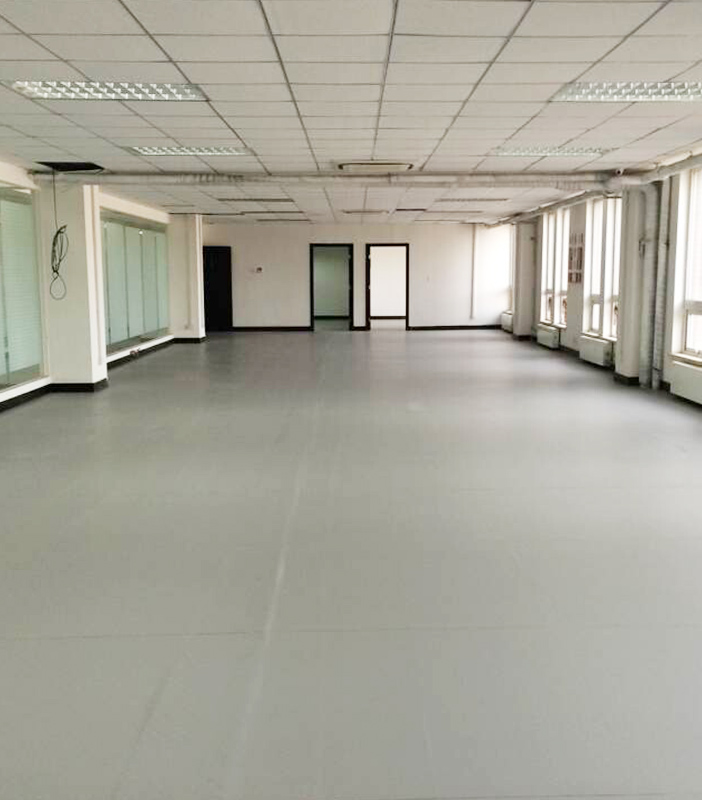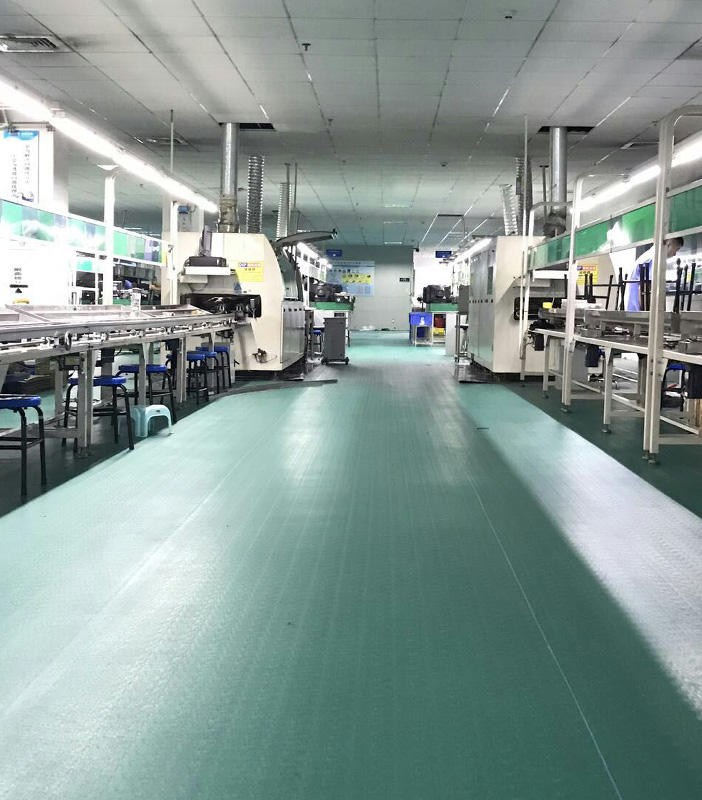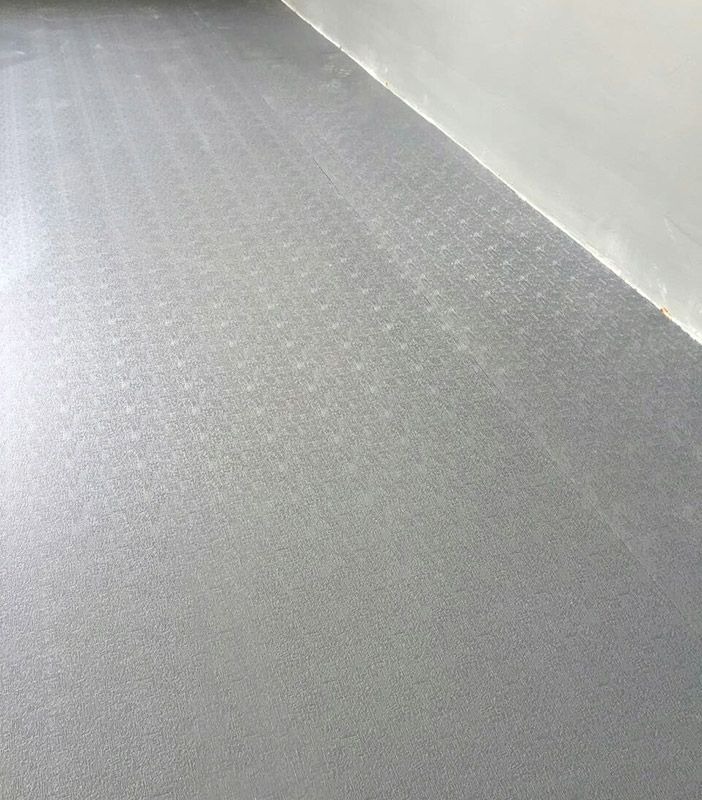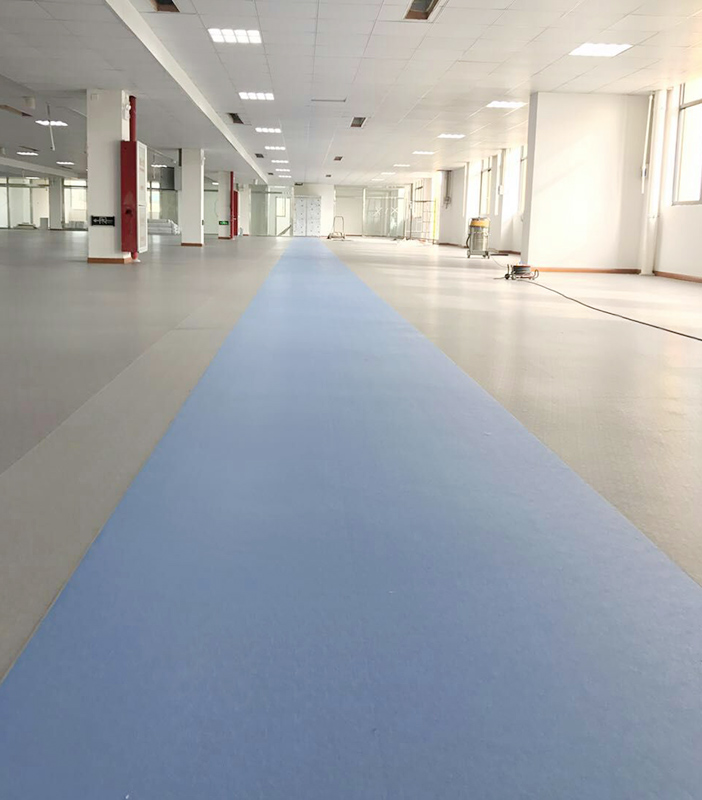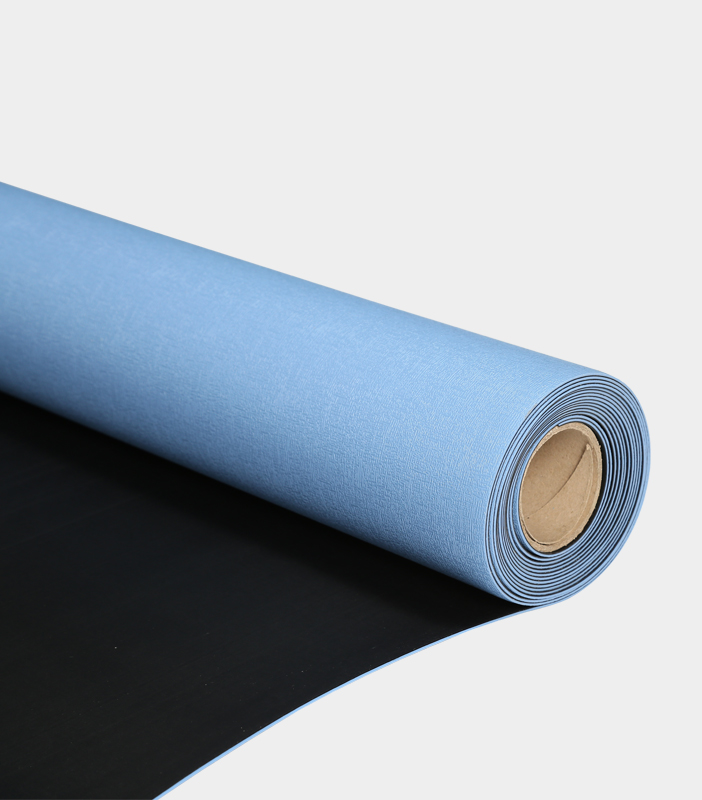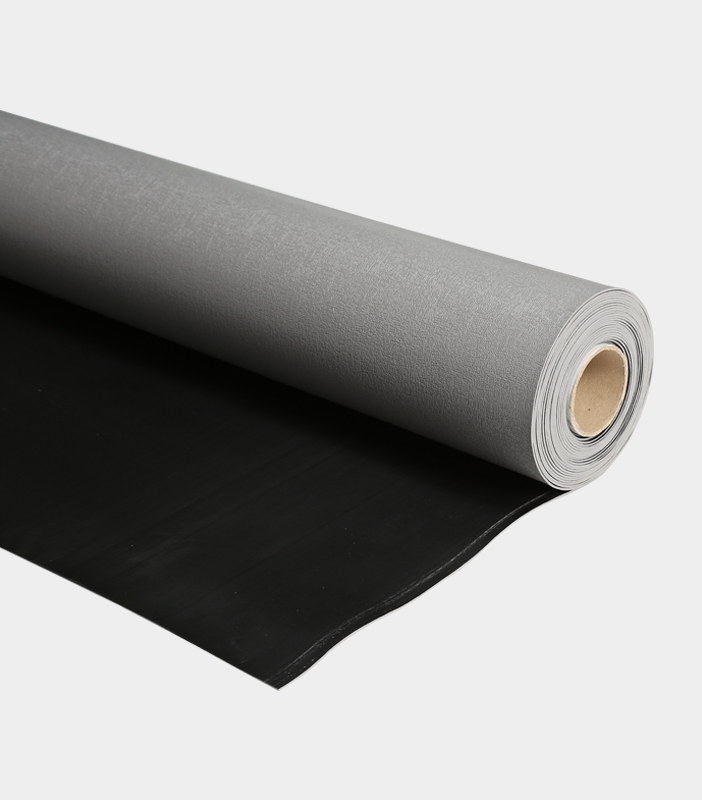Custom Wear Resistant Anti Static Anti Skidding Table Mat Producer
Table mats serve multiple purposes in various settings, such as homes, offices, workshops, and factories. Among the wide variety of mats available, wear-resistant, anti-static, and anti-skidding table mats stand out for their versatile functionality and robust features.
These mats are designed to endure frequent use and exposure to heavy equipment, tools, or high-traffic areas. Manufactured using durable materials such as rubber, PVC, or composite layers, wear-resistant mats maintain their integrity and appearance over time.
Anti-static mats play a critical role in environments sensitive to electrostatic discharge (ESD), such as electronics assembly lines or laboratories. By dissipating static electricity safely, these mats help protect sensitive electronic components and improve workplace safety.
A secure, non-slip surface is essential for ensuring stability during use. Anti-skidding table mats feature textured or specially coated surfaces that reduce the risk of items sliding off, making them particularly useful in workshops or areas with precision instruments.
The combination of wear resistance, anti-static properties, and anti-skidding surfaces often depends on the materials and construction techniques used.
Rubber: Rubber mats are known for their natural grip and flexibility. They provide a robust anti-skid base and can be treated to incorporate anti-static properties.
PVC and Vinyl: These synthetic materials are lightweight, durable, and often easier to clean. PVC mats are commonly layered with anti-static coatings or embedded with conductive fibers.
Composite Materials: Multi-layered designs may combine materials like foam, conductive fabric, and rubber to achieve specific performance goals, such as comfort and durability.
Design considerations include thickness, color, and size. Thicker mats often provide enhanced cushioning and durability, while neutral or functional colors suit industrial or professional environments.
Wear-resistant, anti-static, anti-skidding mats are widely used in workshops to protect work surfaces from scratches, wear, and chemical damage. Their anti-static properties are especially valuable in industries dealing with circuit boards or semiconductor components.
In laboratories, these mats safeguard delicate instruments and create a controlled work environment free from static interference. Their skid-resistant surfaces ensure stability when handling sensitive or hazardous materials.
Office desks, reception counters, and retail checkout stations often use table mats to enhance aesthetics and practicality. These mats protect furniture surfaces from wear while maintaining a stable surface for computers, cash registers, or point-of-sale devices.
At home, such mats serve as protective layers for dining tables, kitchen counters, or craft areas. Their durability and skid-resistance make them a practical choice for various daily activities.
To maintain the functionality of these mats, regular cleaning is essential. more mats can be wiped down with a damp cloth or cleaned using mild detergents. Avoiding abrasive cleaners helps preserve their surface texture and anti-static properties. For industrial-grade mats, periodic checks to ensure anti-static effectiveness and surface integrity are recommended.
Some manufacturers are exploring eco-friendly materials and production techniques to align with sustainability goals. Recycled rubber or bio-based PVC options are becoming more common, catering to customers who prioritize environmental responsibility.
Wear-resistant, anti-static, anti-skidding table mats combine functionality, safety, and durability, making them valuable in diverse environments. These mats are an investment in protecting surfaces, equipment, and safety while offering long-term utility.

 简体中文
简体中文 English
English España
España Deutsch
Deutsch